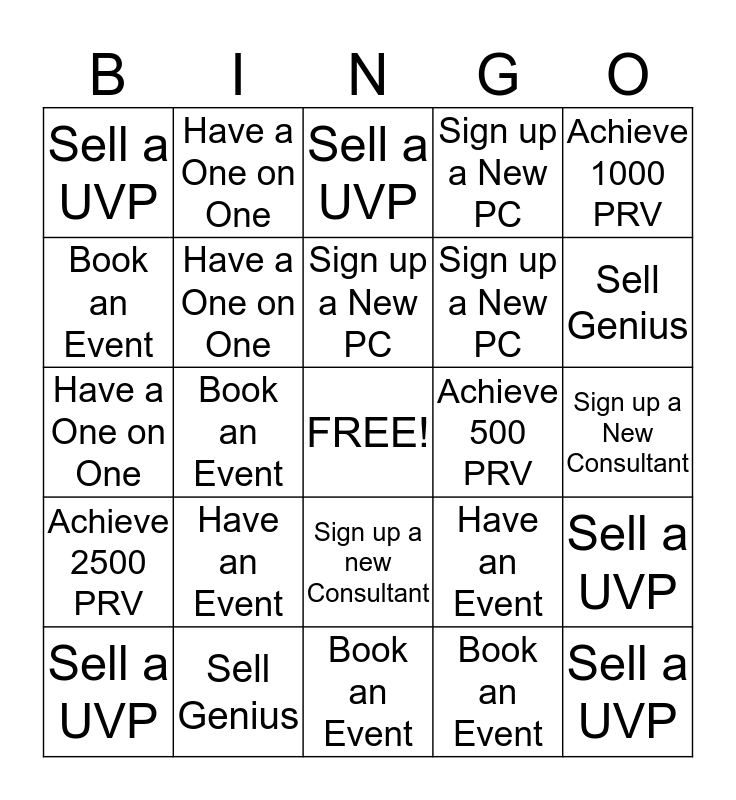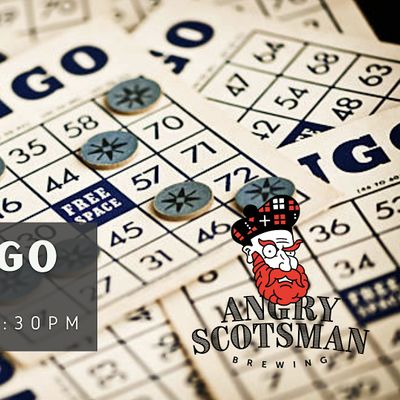

If they succeed, they win the game otherwise, they have to clear their card, and the game continues. When a student has 5 words in a row, pick a pronoun, and make the student conjugate all their verbs for that pronoun. Write all subject pronouns (I, you, he/she, …) on a whiteboard, create a Bingo card with verb infinitives, and call out the infinitives one by one. Here, the teachers show the associated images. Use sight words (such as the ones from the Dolch word list) to help the younger ones learn to read. Would you like some help with the preparation? On this website you will find the answer.Ĭall out synonyms or antonyms of the words on the card.Ĭall out rhyme words of the words on the Bingo card. Use pairs of words that vary only in a single sound (bat + but, desk + disk, fan + van, sing + thing, …) Put all the letters of the Greek or Hebrew alphabet on the card. Read a sentence out loud, and students have to find essential words in the sentence on their bingo cards. Use cards with pictures of the (translated) words you’re calling out. Write Spanish words on the card, but call out the English translation. Read out the definition of a word, and let the students find the word on the card. It’s therefore not hard to come up with a lot The most straightforward subject to train with Bingo is languages. If you don’t have a BookWidgets account yet, you can sign up for free. Find all the bingo lesson plans mentioned in the blog post listed in this BookWidgets Blog group folder. You can even make some changes if you want.

#Business bingo cards free
💡Good to know: You can duplicate all these ready-made and free bingo activities and share them with your students. Below are a few ready-to-use bingo card examples for education that can help you get on your way: use the words in a sentence, conjugate the verbs, …) If they fail, they have to reshuffle their card and wait for the following 5 words, or until someone else winsĪfter checking the answers of the winner (you can use your own Bingo card to remember the words), give the winner their price: a small treat, a “No Homework” pass, … Or, if you don’t have prizes to give out, you can reward the winner by letting them come in front of the class and letting them take the role of the caller for the next round.īookWidgets has an easy-to-use bingo card template, what you put on the card is of course only limited by your imagination. When someone has 5 squares in a row, make them do something with the 5 squares (e.g.Make students play in teams of 2 so they can help each other find the words more quickly.Don’t call out the words or pictures in the squares, but give hints that lead to what’s in the square.Replace the words on the card with pictures - or use both!.You can make lots of small variations on the game to make the game more accessible to your audience: The first student to have five words highlighted in a row yells ‘Bingo’, and wins. Each time the teacher calls out a word, the student searches for the right square on his card and marks it. Everybody gets the the same words, but in a different order. When starting the bingo activity - or widget, it is possible to show an instruction first. And best of all, Bookwidgets offers you a bingo generator, you can create your own, customized Bingo cards in only a few minutes using the Bingo widget. Everyone can play the game together, regardless of level. “ Bingo!” Who doesn’t like the thrill of finding the last item on your list, jumping out of your chair, and shouting you won? Bingo is an incredibly fun game to play in group, is very easy to play, and can help rehearse anything from language vocabulary to math and historical facts.


 0 kommentar(er)
0 kommentar(er)
